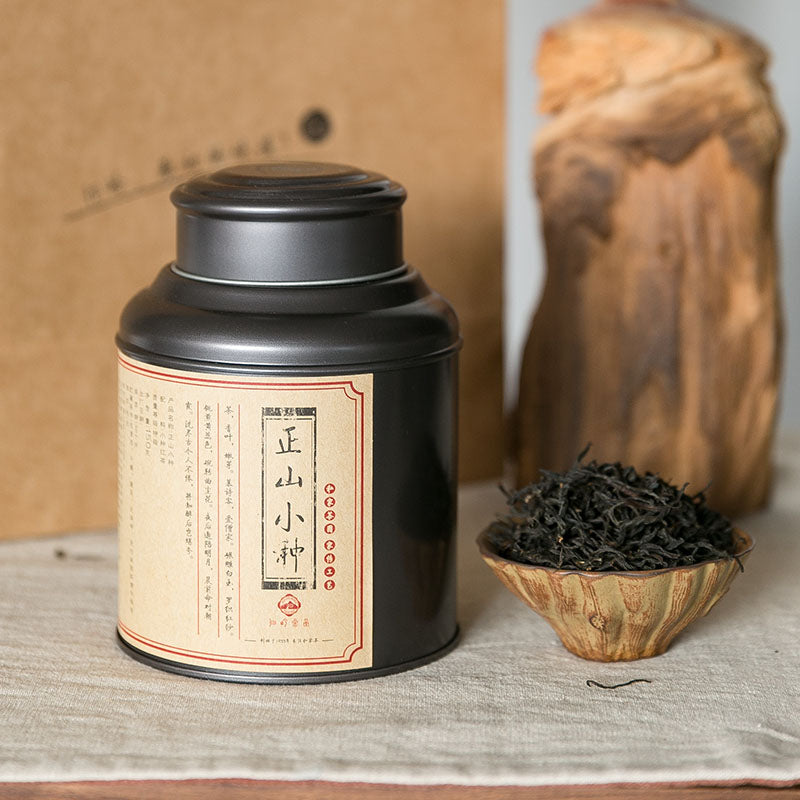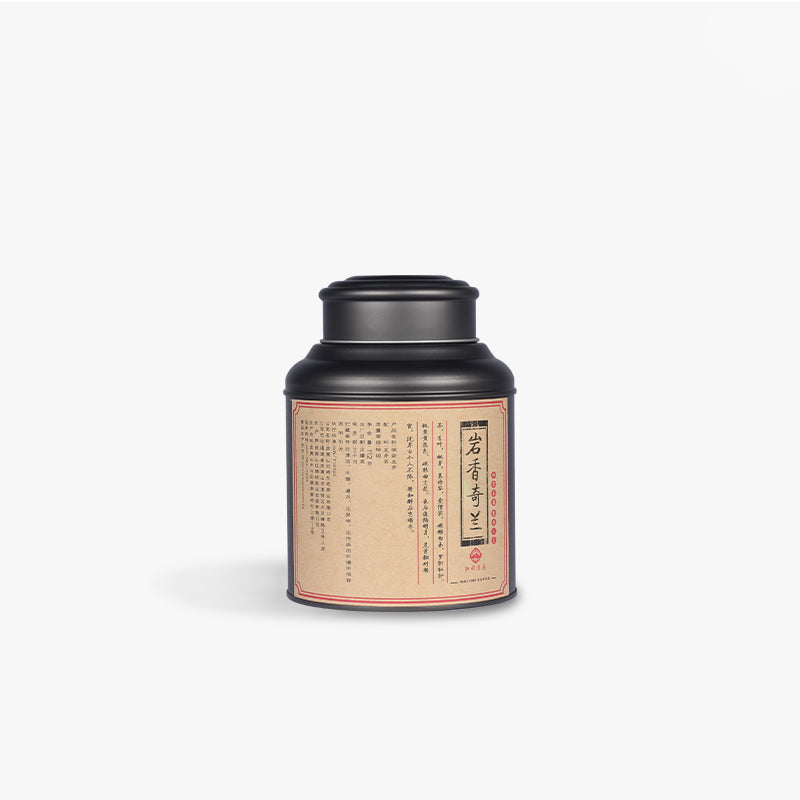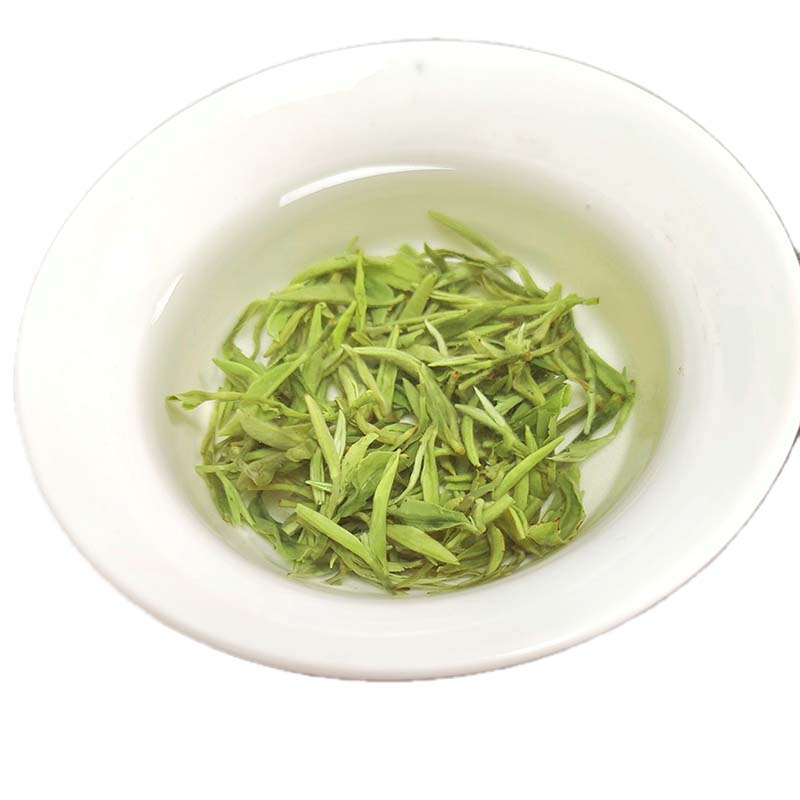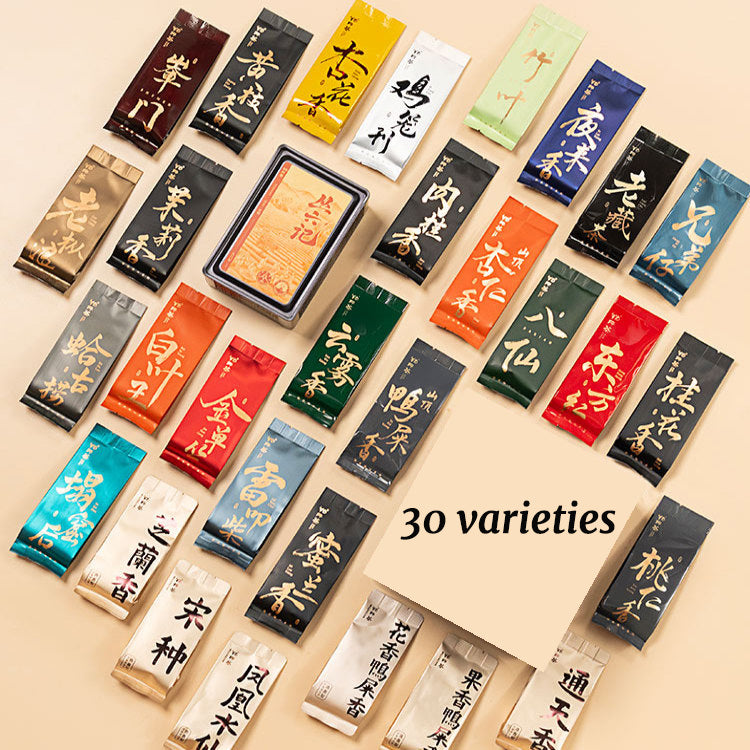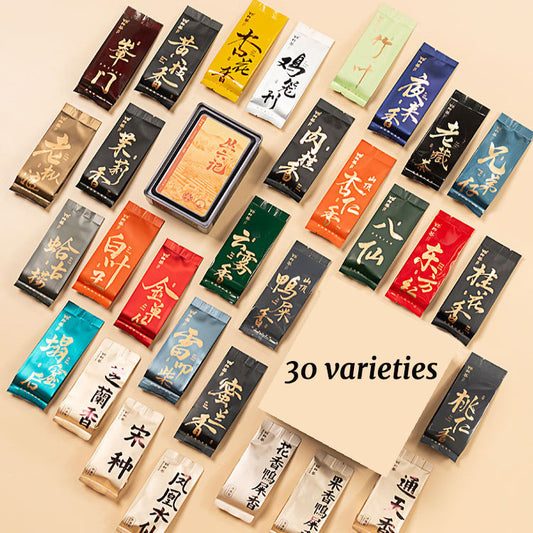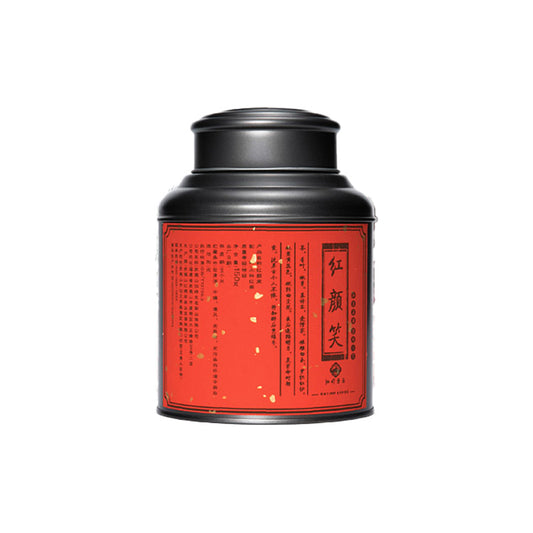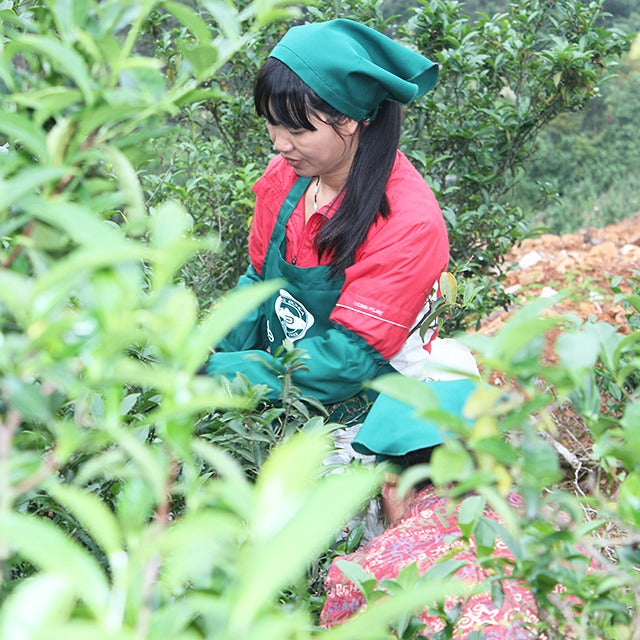How to Enjoy Oolong Tea A Deep Dive into its Rich Heritage and Brewing Secrets
How to Enjoy Oolong Tea A Deep Dive into its Rich Heritage and Brewing Secrets
Exploring the world of oolong tea is like embarking on a gentle voyage through time, culture, and craftsmanship. Oolong sits comfortably between green and black tea, offering a spectrum of flavors and aromas that can almost feel like a world unto itself. For those in the United States and Europe who cherish a meaningful tea experience, understanding how to drink oolong is about appreciating its nuances, its stories, and the rituals that have surrounded it for centuries.
Oolong tea finds its origins in the mist-covered mountains of China and Taiwan, where the interplay between altitude and climate creates ideal conditions for its production. The Fujian province, particularly the Wuyi Mountains, is often exalted for producing some of the most celebrated oolongs, such as Da Hong Pao, with its rich, complex flavors. Meanwhile, Taiwan's high-mountain regions craft oolongs that are renowned for their floral notes and creamy textures, like the famed Ali Shan.
But what makes oolong truly captivating is the meticulous craftsmanship involved in its creation. Unlike other teas, oolong undergoes a partial oxidation process, a delicate dance that requires the tea master to be attuned to the leaves’ whispers. The craftsmanship here is not just about technique but a deep-rooted tradition passed down through generations, with each step — from withering to rolling to firing — being carefully monitored to achieve the perfect balance.
When it comes to brewing oolong, the experience becomes both an art and a meditation. While many might reach for their standard teapots, there is something profoundly connecting about using traditional teaware like the gaiwan or Yixing teapot. These vessels, cherished for their ability to enhance the tea’s aroma and taste, add a tangible depth to the ritual. The gaiwan, with its simple elegance, allows you to appreciate the leaves’ unfurling, a silent reflection of their journey from the mountains to your cup.
For those who are new to oolong or even seasoned tea drinkers wanting to deepen their experience, it’s worth experimenting with the water temperature and steeping times. Generally, oolong is best enjoyed with water that’s slightly below boiling, around 85-95°C (185-203°F), to coax out its delicate flavors without bitterness. A shorter initial steep followed by multiple infusions reveals a tapestry of layers, each sip telling a chapter of the tea’s story.
Oolong's ability to be steeped several times makes it a companionable choice for long, contemplative afternoons or shared moments with friends. Each infusion reveals new facets of the tea’s personality, a gentle reminder of the importance of pacing and presence in our fast-paced lives.
Drinking oolong tea is not merely about quenching thirst; it’s an invitation to pause and reflect, to let the world slow down as you connect with an ancient tradition that has delighted and comforted countless generations. Whether you're savoring the floral notes of a Taiwanese oolong or the roasted depth of a Chinese variety, each cup of oolong is a testament to the beauty of patience, place, and heritage. And perhaps, as you cradle your warm cup, you'll find that the journey of oolong is as rich and rewarding as the tea itself.

